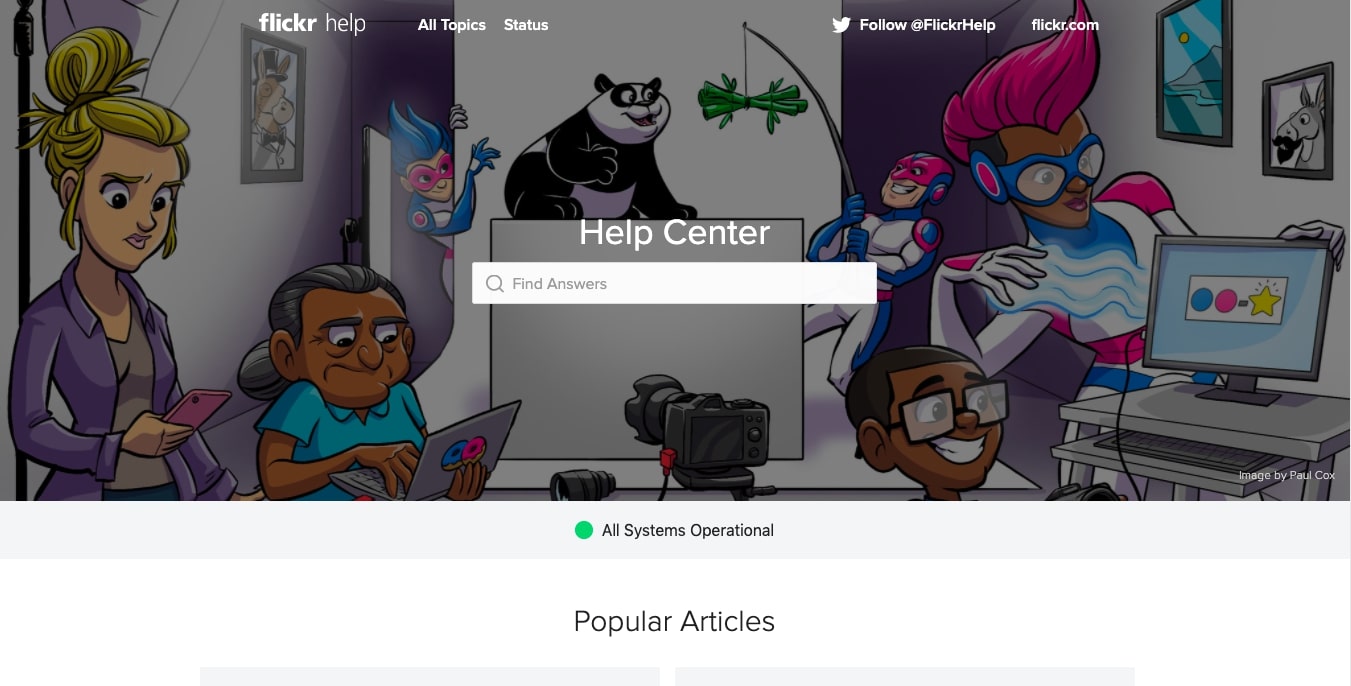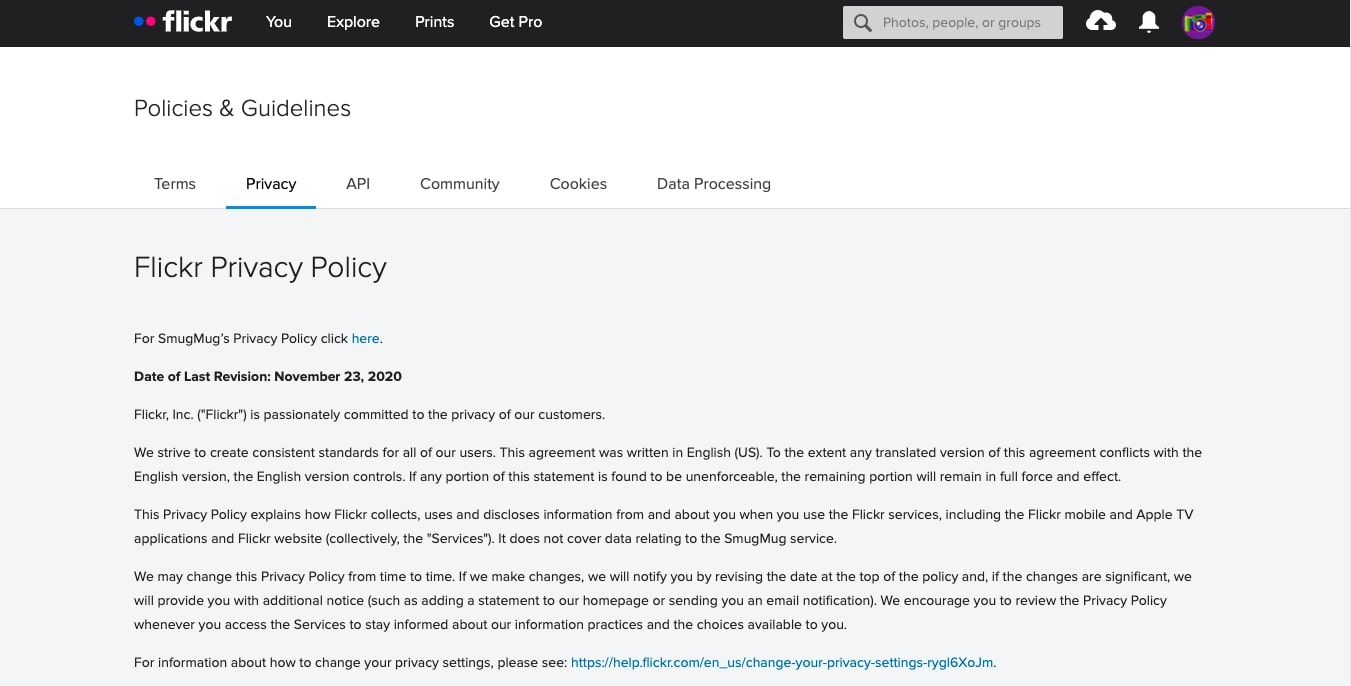Flickr review | Tom’s Guide
There are several benefits of finding the best cloud storage for your needs: it can free up space on your hard drive, make sharing large files a breeze, and provide a handy backup should something happen to your computer.
Flickr is a cloud storage option for storing and sharing photographs, aimed at professional and hobbyist photographers who want to share portfolios. That said, it also has value to casual users looking to organize vacation photos.
In this Flickr review, we go over the plans, features, interface, support, and security of Flickr to help you determine if it’s the best cloud storage for photos, and the best option for your needs.
Flickr review: Plans and pricing
Flickr has two levels of cloud storage: a free Flickr account or the paid Flickr Pro option. With a free account, users are limited to uploading and storing up to 1,000 full-resolution photos. If you’re just getting started with photography as a hobby or are only looking to share a few photos, this is more than enough.
But if you’re looking to back up your entire professional or personal library, you’ll likely need to upgrade to Flickr Pro. With Flickr Pro, users can upload unlimited full-resolution photos and have an ad-free browsing experience. You can also use Flickr’s AutoUploadr feature, where all the images from your device or from selected files in your hard drive will be automatically backed up.
If you choose to make your photos public, Flickr Pro will also enable you to access advanced statistics about your photos, which may be useful to professional photographers. Flickr Pro costs $6.99 a month. You can save a little money by paying for every three months, at $18.99.
If you pay annually, your cost will be $5 a month, and you’ll also have access to discounts from partner programs, like Adobe and SmugMug.
Features

The most important feature of a cloud storage option for photos is the ability to upload and organize those photos. With Flickr, it’s easy to upload many photos at once. After you do so, there are three primary ways to view them.
The Photostream has all your photos in one continuous stream. The Camera Roll sorts by date taken or date uploaded. Finally, you can curate albums of specific events for easy sorting and sharing.
Since it is geared toward photographers, Flickr enables you to edit the photos that you upload. In addition to basic adjustments like brightness and contrast, there are filters that you can apply. You can even add text.
Probably the most unique feature of Flickr as a cloud storage option is the ability to share photos to the public or in themed groups. It’s not required (there’s an option to keep photos private), but for photographers looking to share their work or even grow a photography business, the ability to discover and be discovered on Flickr is a nice feature.
Interface and in use

If you’re new to Flickr, it’s easy to set up an account using an email address. Once you’ve created an account, you’re ready to upload photos. Once you select the batch of photos that you want to upload from your computer or mobile device, you’ll be taken to a screen where you can deselect certain photos, sort photos with tags or into albums, or change the titles of photos before uploading.
For photographers who may only want to upload the best shot or two from a set of dozens, this screen can be incredibly cumbersome, because there is no easy way to click through the photos. Users must select each photo individually, enlarge it, and then decide if they want to upload it or not.
But once the photos are uploaded, the interface becomes much more user-friendly, and it’s far easier to click through photos to find your favorite shots. While this process may not be a problem for users on an unlimited plan, as they may be uploading all their photos anyway, this could be inconvenient for users on the free plan.
Flickr also has an app for iOS and Android that is slightly scaled down on features, but has a clean and intuitive interface.
Support

When it comes to support, Flickr has a comprehensive and searchable FAQ database that should be able to answer the most common questions. However, if users fail to find an answer there, you can contact Flickr support via a form on the website. There’s also a fairly active community forum, where you can get feedback and assistance from other Flickr users.
Security

Flickr is troublingly vague about its security measures, stating that it takes “physical, technical, and administrative” measures to protect your data but not going into any detail about what those measures are.
On the positive side, there is a way to report any bugs that you discover, allowing for some community oversight. However, we would love to have more information about Flickr’s specific security policies.
The competition
For users looking for a more secure photo storage option without the social networking aspects of Flickr, Dropbox is a reliable standby in the cloud storage field for a reason. Read our Dropbox review to find out more.
Amazon Prime members may also want to look into Amazon Photos as an alternative. It comes free with Amazon Prime, and allows for unlimited full-resolution photo storage.
Final verdict
While it is possible to use Flickr as private cloud photo storage, its dual function as a social networking site makes that a little more complicated. Users who are new to the site or not tech-savvy may end up inadvertently sharing private photos.
However, for photographers looking to engage with others and share and store their work, Flickr is easy to use, and has a robust community of users.
For all the latest Technology News Click Here
For the latest news and updates, follow us on Google News.
